SavePlus helps you explore Aligarh’s rich culture and heritage without stretching your budget. From historic forts and bustling markets to serene lakes and flavorful street food, every experience is pocket-friendly. With SavePlus promo codes, shared rides, and smart savings hacks, you can make the most of your journey while turning every rupee into a memorable adventure.
Explore Aligarh Fort
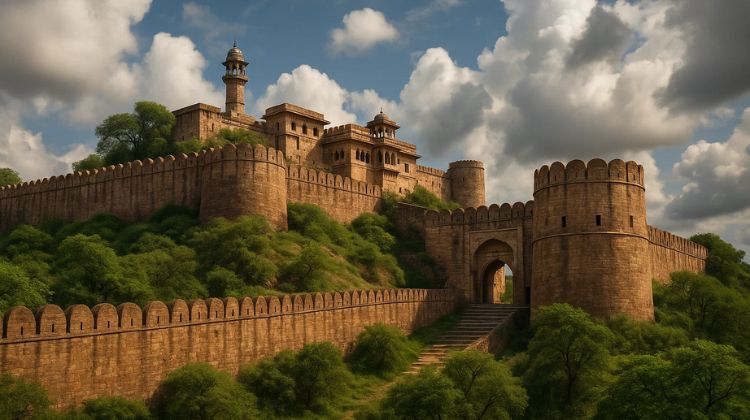
The iconic Aligarh Fort anchors the city’s military and Mughal-era narrative, yet visiting remains easy on the wallet. Its massive ramparts, weathered bastions, and layered gateways offer history you can literally walk through for almost nothing. Spread-out greens inside the complex make slow exploration rewarding in cooler hours. Many travelers pair a fort visit with sunrise photography to beat heat and crowds. Local snack stalls near the entrance sell chai, pakoras, and seasonal treats at micro budgets. Bargain-friendly guides or history students sometimes offer informal walkthroughs—negotiate upfront and tip modestly.
- Capture wide-angle skyline frames from elevated points inside; morning haze adds mood. Bargain with local photographers who sometimes print quick postcards cheap.
- Sample regional savouries from nearby carts; ask for combo plates to save versus single pieces. UPI payments often unlock ₹5–₹10 cashback per bill.
- Ask campus historians or tour volunteers about 18th–19th century battle stories. A short group explanation split among friends keeps per-head cost tiny.
Pro Tip: Preload digital coupons in travel-wallet apps; show student ID (if any) to access lower guide rates.
Stroll Around Jama Masjid
Jama Masjid offers serenity in the middle of Aligarh’s commercial bustle and costs nothing to enter. Its Mughal-style domes, symmetrical arches, and calligraphy-rich walls reward unhurried viewing. Arrive between prayer times for quieter photography and respectful exploration. The surrounding lanes double as living heritage corridors lined with spice kiosks and fabric arcades. Evenings bring devotional soundscapes that feel immersive without costing a rupee. Pair your visit with a tasting walk across nearby snack alleys for budget bites.
- Explore cloth gulleys and fragrance stalls circling the masjid; haggle politely for festive deals. Many merchants accept UPI, easing small spends.
- Try seasonal street eats—aloo tikki, jalebi, milk-based desserts—sold by hawker-carts at ultra-low prices. Ask for sampler plates to taste more for less.
- Stay through maghrib to feel the community rhythm as prayers conclude. Crowds thin shortly after, letting you photograph architecture in softer light.
Pro Tip: Dress modestly (head covering advised) and keep footwear organized; losing sandals means unplanned spend replacing them at nearby stalls.
Visit Aligarh Muslim University (AMU) Campus
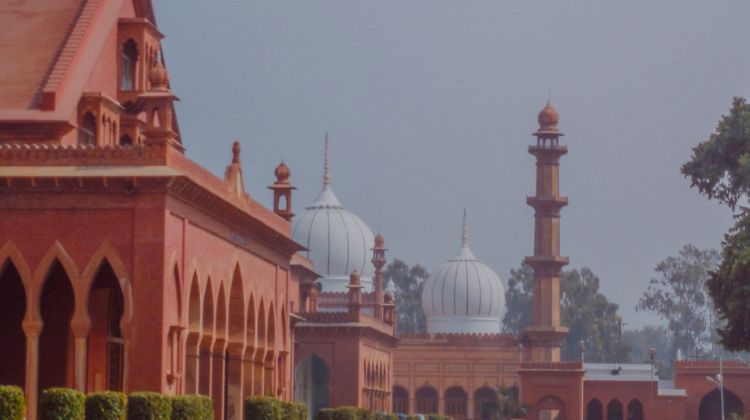
AMU is a heritage-rich academic township where architecture, archives, and student culture converge at minimal expense. Walking the campus is free; map key stops like Victoria Gate, Kennedy Auditorium, and Maulana Azad Library before you arrive. Tree-lined avenues create natural shade ideal for slow exploration in afternoon heat. Student canteens dish filling snacks cheaper than most city cafés. Libraries and museums sometimes host open exhibitions—check notice boards. Pair the visit with nearby Sir Syed House to complete the historical loop affordably.
- Kennedy Auditorium’s façade is a favorite photo backdrop; shoot wide shots early when foot traffic is low. Printing via student kiosks is inexpensive.
- Grab chai, bun-maska, and samosa plates at student cafés; campus pricing typically beats city outlets. Carry digital wallets for quick split payments.
- Sir Syed Hall Museum entry is low-cost; group up so a single guide talk serves everyone. Take notes for blog callouts later.
Pro Tip: Carry an ID (any government or student card) to smooth access at checkpoints and occasionally qualify for discounted museum entry.
Enjoy Street Food At Railway Road
Railway Road is Aligarh’s open-air tasting corridor where ₹100 can feed two if you sample smartly. Vendors line both sides with kachoris, samosas, pakodas, jalebis, and kulhad chai—fresh, fast, and flavorful. Atmosphere builds from twilight onward as commuters crowd in. Rotate stalls to compare spice levels and portion sizes before committing. Many hawkers run informal combo plates that reduce per-item cost. Late-evening sweet counters clear inventory cheaply—great for budget travelers.
- Start with a savoury round—kachori plus chutney refill—then pivot to sweets; sequencing helps avoid overspending early.
- Ask for shared tasting plates so your group tries more stalls for less money. Vendors often halve portions when asked nicely.
- Use UPI QR scans; cashback offers from wallets sometimes trigger instant savings on small bills. Track festival coupons for bonus rupees.
Pro Tip: Carry wet wipes and your own water; buying packaged bottles repeatedly adds hidden cost to night food crawls.
Explore Shekha Lake
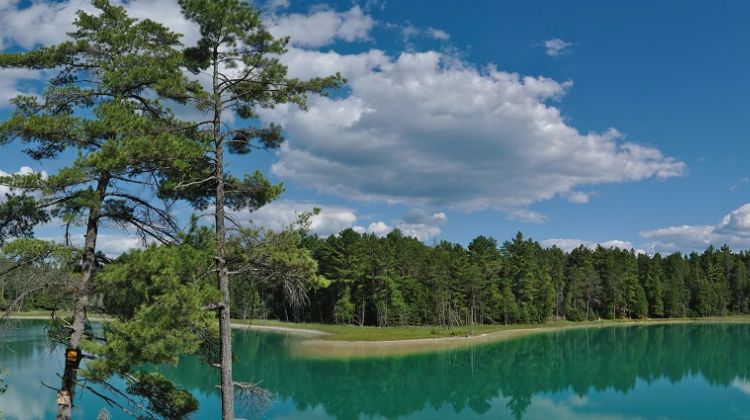
Shekha Lake delivers quiet nature within reach of the city at almost zero cost. Dawn brings bird calls, low light, and reflections ideal for lenses. Migratory visitors in season thrill casual birders and serious photographers alike. Grassy embankments welcome do-it-yourself picnics—pack snacks bought cheaply from town markets. Walking loops along the periphery help you soak in rural edges. Limited facilities mean planning ahead, but that keeps expenses low.
- Visit just after sunrise for active feeding flocks; light is soft and temperatures kinder. Bring a basic zoom lens if you have one.
- Carry reusable tiffins filled from budget bakeries or produce mandis; field meals beat buying packaged foods onsite.
- Track local birder groups on social apps; free meetups sometimes include guided identification sessions. Split transport to reduce costs.
Pro Tip: Download an offline bird ID app before arriving; mobile data can be patchy around the lake perimeter.
Browse Local Markets
Aligarh’s bazaars double as savings playgrounds where bargaining is both expected and fun. Hunt for the city’s famed brass locks, hardware curios, and handcrafted decor at prices that undercut metropolitan showrooms. Smaller alleys hide utensil depots, textile stacks, and festival ornament kiosks. Compare at least three vendors before buying; price drops are common. Buying in bundles—two locks, three utensils—often triggers better rates. Keep small change for smoother deals.
- Railway Road and Center Point form the core trading belt; walk end-to-end to benchmark prices before negotiating.
- Look for maker-stamped brassware in side-lane workshops; factory-direct buys beat retail arcades. Ask for weight-based pricing.
- Rechargeable torches, hooks, and travel padlocks bundle well for hostel trips; ask for wholesale cartons to split among friends.
Pro Tip: Use a digital weighing keychain to verify metal pieces; over-weight quotes inflate cost—smart shoppers save instantly.
Visit Sir Syed House
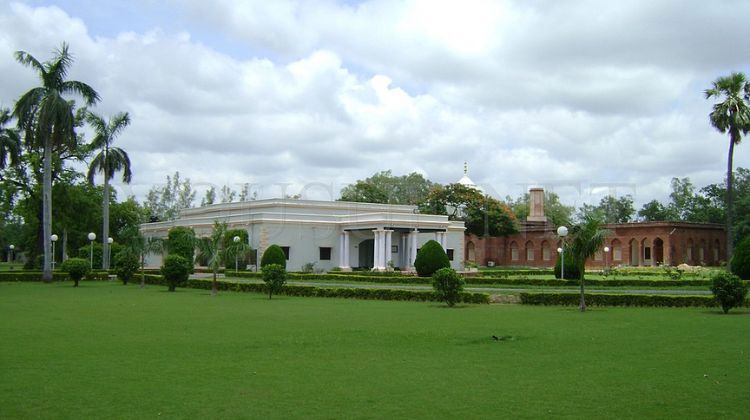
Sir Syed House preserves the memory, mission, and material legacy of Sir Syed Ahmad Khan—visionary founder of AMU. Modest entry, when charged, keeps it friendly to backpack budgets. Display rooms feature photographs, correspondence, period furnishings, and educational reform archives. The setting feels intimate, making history personally relatable. Pairing with a campus walk helps contextualize the university’s evolution. Quiet courtyards invite reflective writing breaks for bloggers.
- Ask docents about reform milestones; dated anecdotes enrich blog timelines and improve SEO credibility. Record quick audio notes.
- Photograph display placards (where allowed) instead of buying brochures; digital references cost nothing and travel light.
- Combine with AMU museum stops using shared rickshaws; point-to-point rides are cheaper split four ways.
Pro Tip: Visit on weekdays when student volunteers are around—they often share unpublished trivia that boosts content originality.
Relax At Naqvi Park
Naqvi Park is Aligarh’s green breathing room and remains one of the most affordable recreation pockets in town. Nominal entry lets you enjoy lawns, shaded tracks, and quiet reading corners. Families picnic under trees while students rehearse cultural events on weekends. Fitness walkers circle paved paths at dawn and dusk. Outside the gates, snack wagons sell bhel, roasted peanuts, and spiced fruit cups. Bring a mat and turn it into a zero-frills chill zone.
- Sunrise and post-sunset slots are cooler; plan walks then and sightsee elsewhere midday.
- Buy snacks from mobile carts rather than packaged kiosks; loose servings cost less and reduce plastic waste.
- Group games—frisbee, cards, mini cricket—stretch time value; many locals will join, adding community vibe at no cost.
Pro Tip: Carry a lightweight foldable sheet so your group avoids renting mats or chairs from park-side vendors.
Enjoy A Budget Heritage Walk
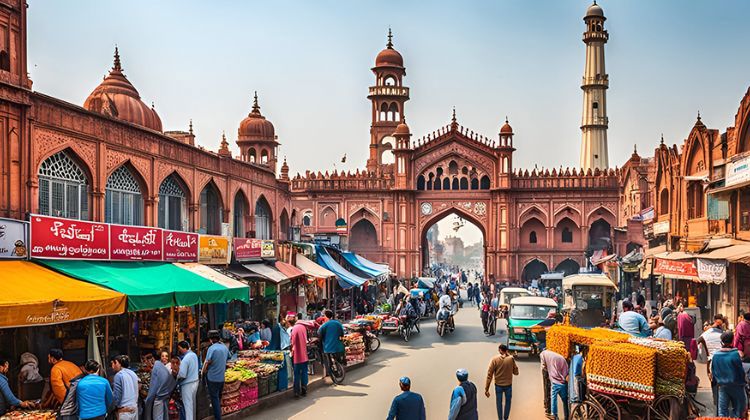
Old Aligarh’s lanes weave living history across mosques, havelis, shrines, and trading courtyards—perfect for a do-it-yourself heritage trail. Download an offline map, mark stops, and start early before traffic builds. Conversations with long-time shopkeepers unlock oral histories unavailable in guidebooks. Snack-stop sequencing keeps energy up without overspend. Photograph signboards for date references that strengthen blog authority. You’ll finish with richer context and barely touched funds.
- Map a 3–4 km loop linking Jama Masjid, older lock workshops, and ancestral homes; walking eliminates transport costs entirely.
- Carry small thank-you purchases—tea, sweets—from host stalls; micro-spends keep goodwill and yield deeper stories.
- Use voice memos to capture local names correctly; accurate spellings improve SEO and reader trust in your travel guides.
Pro Tip: Start at dawn in cooler weather and wear closed shoes; narrow lanes sometimes hold standing water after rains.
Conclusion
SavePlus makes it easy to explore Aligarh without needing deep pockets to travel meaningfully in India. Discover forts, mosques, lakes, markets, and student hangouts on foot, then refuel with street snacks that cost pocket change. Use shared rides, bundled tickets, and digital coupon alerts to save more. Every rupee turns into memories worth sharing with everyone.
FAQ
What is the best time to visit Aligarh on a budget?
October to February brings pleasant weather for walking tours, open-air markets, and fort exploration without heat stress.
Are there free attractions in Aligarh?
Yes—Jama Masjid, campus strolls at AMU, and self-guided heritage walks cost nothing; just budget transport.
What are the cheapest food options in Aligarh?
Railway Road street eats, student canteens, and local mithai counters offer filling portions under typical café pricing.
How can I travel within Aligarh cheaply?
Shared autos, e-rickshaws, and pooled cycle rickshaws reduce fares; walk clustered sights to cut transport entirely.
Can I buy affordable souvenirs in Aligarh?
Absolutely—look for brass locks, hardware curios, and small handcrafted keepsakes in local bazaars; bargain for best rates.


